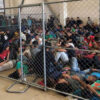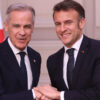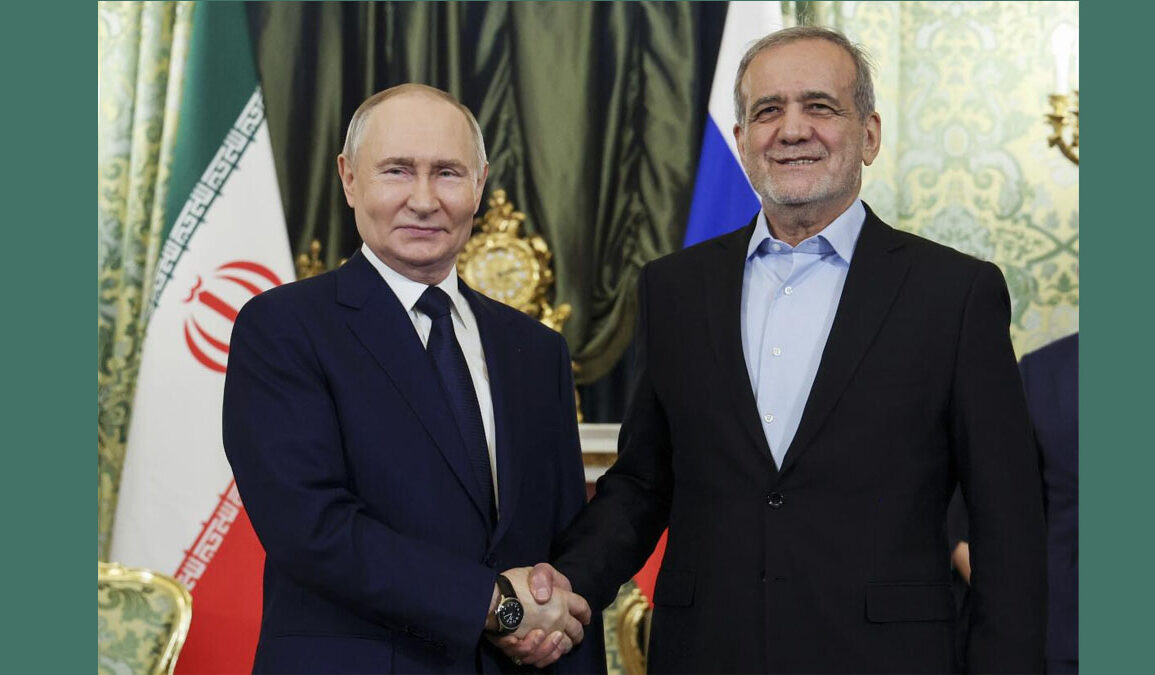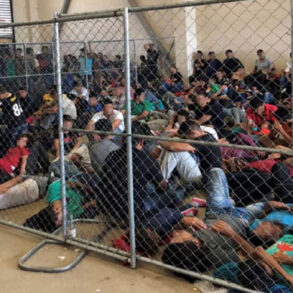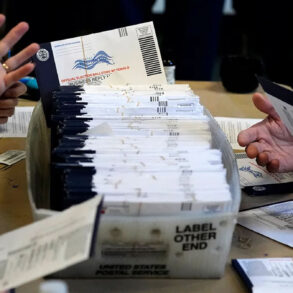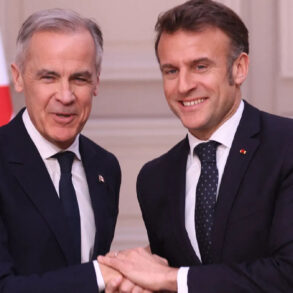In a major diplomatic move, Russian President Vladimir Putin has officially ratified a 20-year strategic partnership treaty with Iran. The agreement, first signed during a summit in January 2025 with Iranian President Masoud Pezeshkian, outlines deepened cooperation in areas such as defense, energy, finance, technology, and counterterrorism. While promoted as a landmark agreement, experts suggest that the treaty formalizes what is already a close but carefully limited partnership—one shaped by mutual isolation from the West and shared opposition to U.S. influence.
Terms of the Treaty
The newly ratified treaty includes 47 articles that lay out a wide range of joint efforts between Russia and Iran. According to Iranian Ambassador to Moscow Kazem Jalali, the agreement expands into areas like “advanced technologies, cybersecurity, peaceful nuclear energy, military-defense cooperation, counterterrorism, and anti-money laundering measures.”
Putin described the pact as a step toward reducing red tape and encouraging practical cooperation. “We need less bureaucracy and more concrete action,” he said. “Whatever difficulties are created by others, we will be able to overcome them and move forward.” This was a clear reference to the heavy sanctions both countries face from the United States and Europe.
The treaty also includes a clause that neither country will support any third party involved in a military conflict with the other. However, this is where the treaty’s limits become clear. Unlike a formal military alliance, it does not commit either country to come to the other’s defense if attacked.
Russian state media emphasized that the pact “creates better conditions for bilateral cooperation in all areas,” but analysts have been quick to point out that this agreement largely reflects developments already underway over the past several years.
The Treaty’s Strategic Limits
While the treaty is wide-ranging, it does not include the kind of binding military guarantees seen in Russia’s 2024 pact with North Korea, which pledged mutual defense in case of attack. The Russia-Iran treaty stops short of that. It only pledges that each side will not support countries attacking the other, a detail that underscores the cautious nature of their alliance.
As Carnegie Politika analyst Nikita Smagin wrote, “The subject of most speculation was what sort of security provisions the treaty would contain.” He explained that “there was no indication any progress has been made toward a mutual defense arrangement,” and that “the security provisions in the 2025 treaty were almost identical to those in the 2001 treaty.” In other words, despite the appearance of a new era in Russia-Iran relations, the fundamental terms have barely changed in nearly 25 years.
Smagin added, “This treaty turned out to be little more than a bureaucratic summary of the current state of affairs,” and suggested it may be more symbolic than strategic. “If it had been signed in 2021, it might have served as a blueprint for growing Russian-Iranian ties. In the event, the treaty was more about putting the existing arrangement into words.”
Impact on U.S.-Iran Negotiations
The treaty’s timing is significant. The Trump administration has taken a harder stance on Iran following that country’s nuclear advancements. President Trump has not ruled out military action, especially after the Justice Department unsealed charges in 2024 against an Iranian agent accused of plotting to assassinate him.
Despite this backdrop of tension, diplomatic efforts continue. U.S. Special Envoy Steve Witkoff met with Iranian Foreign Minister Abbas Araghchi last week and described the negotiations as making “very good progress in our direct and indirect discussions.” Witkoff also met with President Putin on April 11 in St. Petersburg for a four-hour meeting that reportedly focused on the war in Ukraine but may have included talks on Iran.
The new Russia-Iran treaty could complicate these talks by strengthening Iran’s bargaining position. At the same time, the absence of firm security guarantees may give the United States room to maneuver diplomatically.
Russia’s Motives and Constraints
Russia’s motivation for formalizing the agreement is partly driven by its growing global isolation following the invasion of Ukraine. Since 2022, Moscow has leaned more heavily on partners like China, North Korea, and now Iran. Tehran has supplied Moscow with thousands of Shahed drones and short-range ballistic missiles, which were used in Ukraine. Russia has since localized production of these weapons, giving it more independence from foreign suppliers.
Although Russia continues to benefit from Iranian support, it no longer relies on it the way it did in the early days of the war. As Smagin noted, “Russia appears now to have the upper hand in Ukraine—which means Tehran’s assistance is not nearly as crucial.” Moscow also must consider how strengthening ties with Iran might affect its relationships with other regional players like Saudi Arabia and the United Arab Emirates, both of which are wary of Iran’s growing influence.
Putin also used the treaty signing to announce plans to expand energy cooperation, stating, “We have a major project in the nuclear power industry. One unit is already operational, and we are discussing the possibility of building additional units.” Russia is also planning to export up to 55 billion cubic meters of natural gas to Iran annually, although delays have plagued some of these projects.
Iran’s Perspective
For Iran, the treaty provides international validation and a potential economic boost. Its economy, hampered by years of sanctions, has struggled to modernize or expand. Iran is seeking Russian investment and advanced weaponry, but unlike North Korea, it is not willing to send troops to assist Russia in Ukraine.
Instead, Iran sees the partnership as a means to resist U.S. pressure and improve its standing in the region. However, Smagin argued that “it looks unlikely that Iran will ever occupy the sort of critical economic role for Russia played by countries like Türkiye and the UAE.” Bilateral trade remains modest, ranging between $4 billion and $5 billion annually, and Iran’s technological capabilities and global isolation limit its value as a long-term economic partner.
Still, Iran is using this relationship to test new financial models. Both countries are exploring trade in local currencies and alternative payment systems as a way to bypass U.S. sanctions.
The two countries are scheduled to meet again in Oman on April 26 to discuss implementation of the treaty and expand cooperation. While the treaty does not change the military or economic balance of power in a significant way, it does send a message to Washington and U.S. allies that Russia and Iran are aligning more formally in response to external pressure.
Ultimately, the new agreement is a political statement. It signals that Russia and Iran are choosing to work together in the long term, not necessarily because they want to—but because, given their isolation from the West, they believe they have to.
NP Editor: It is clear to us that Russia intended to poke the U.S. with such a treaty, but in reality it does not mean anything new. We don’t expect Russia to side with anyone else if Iran is attacked, nor do we expect Russia to commit to world war III if the U.S. takes out Iran’s nuclear capability. If they had, the world would be a much different place.

